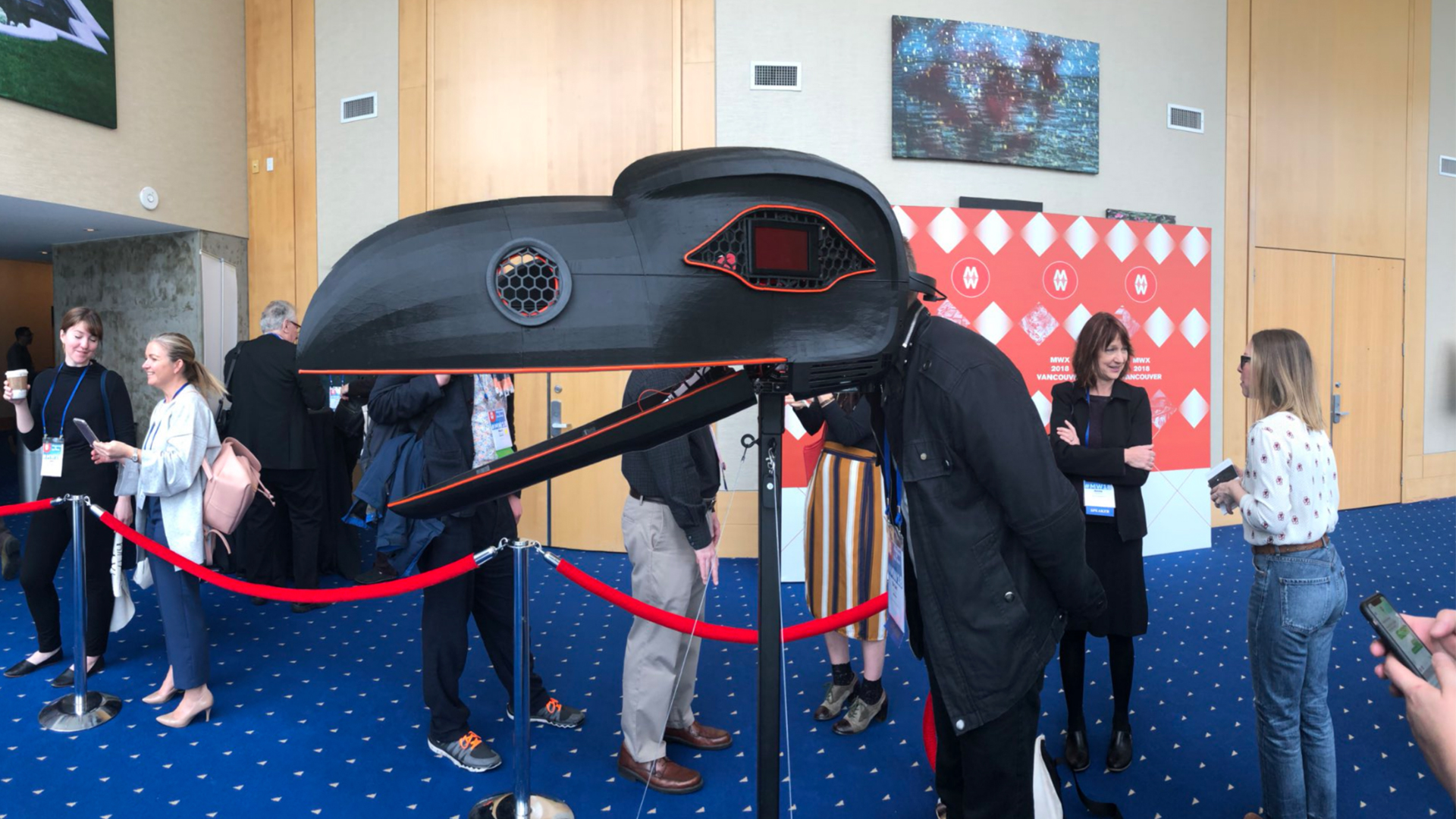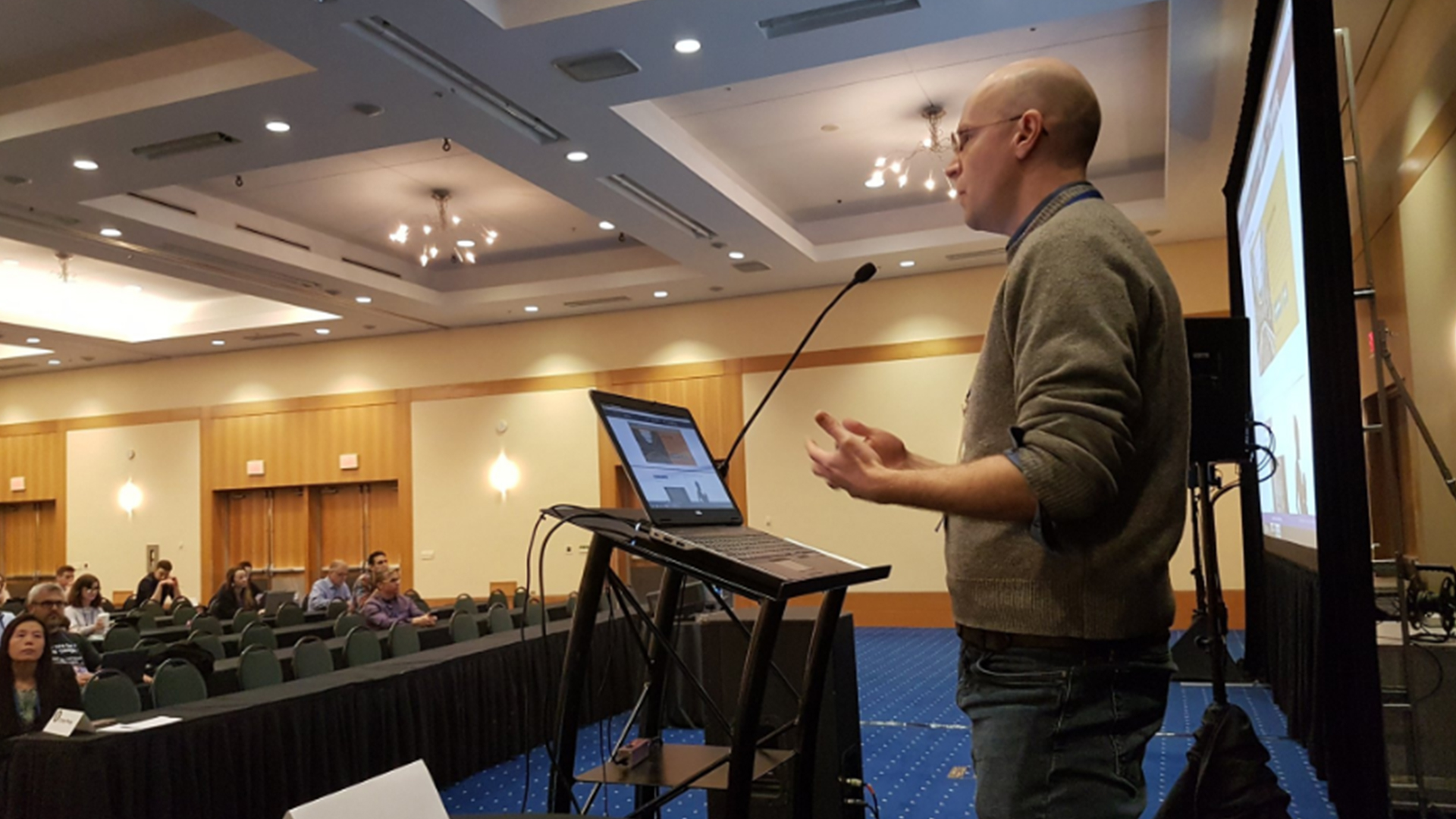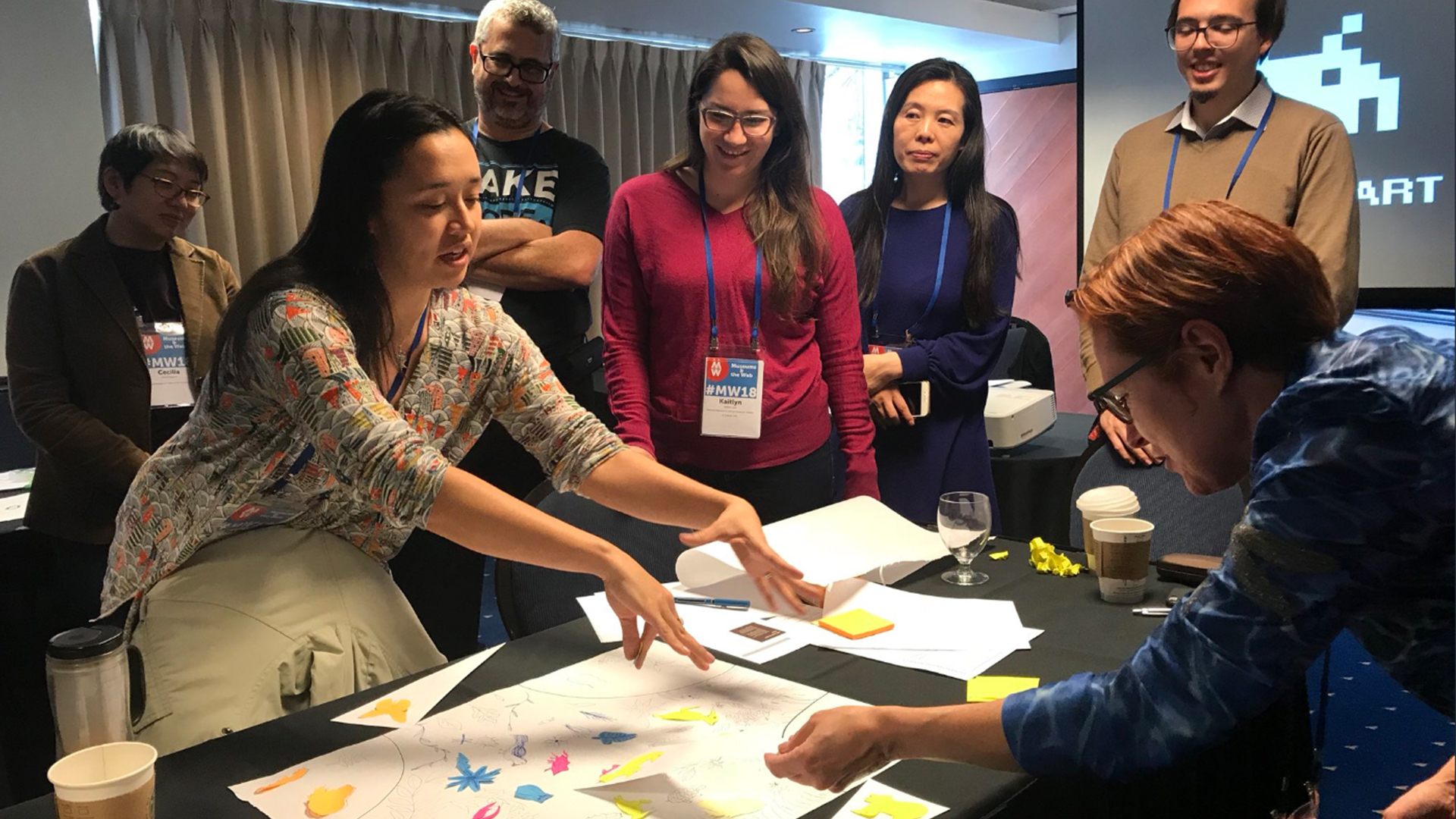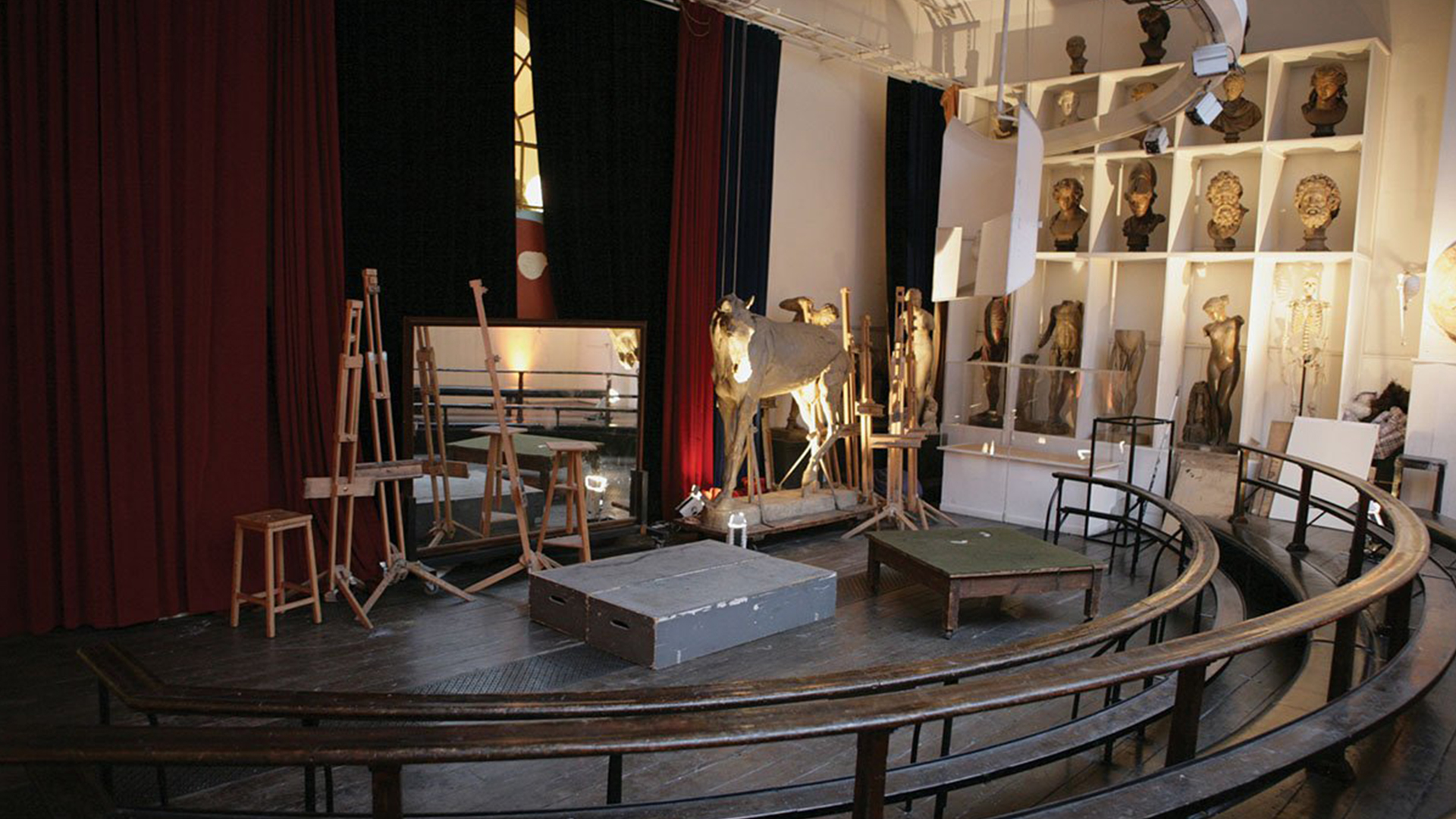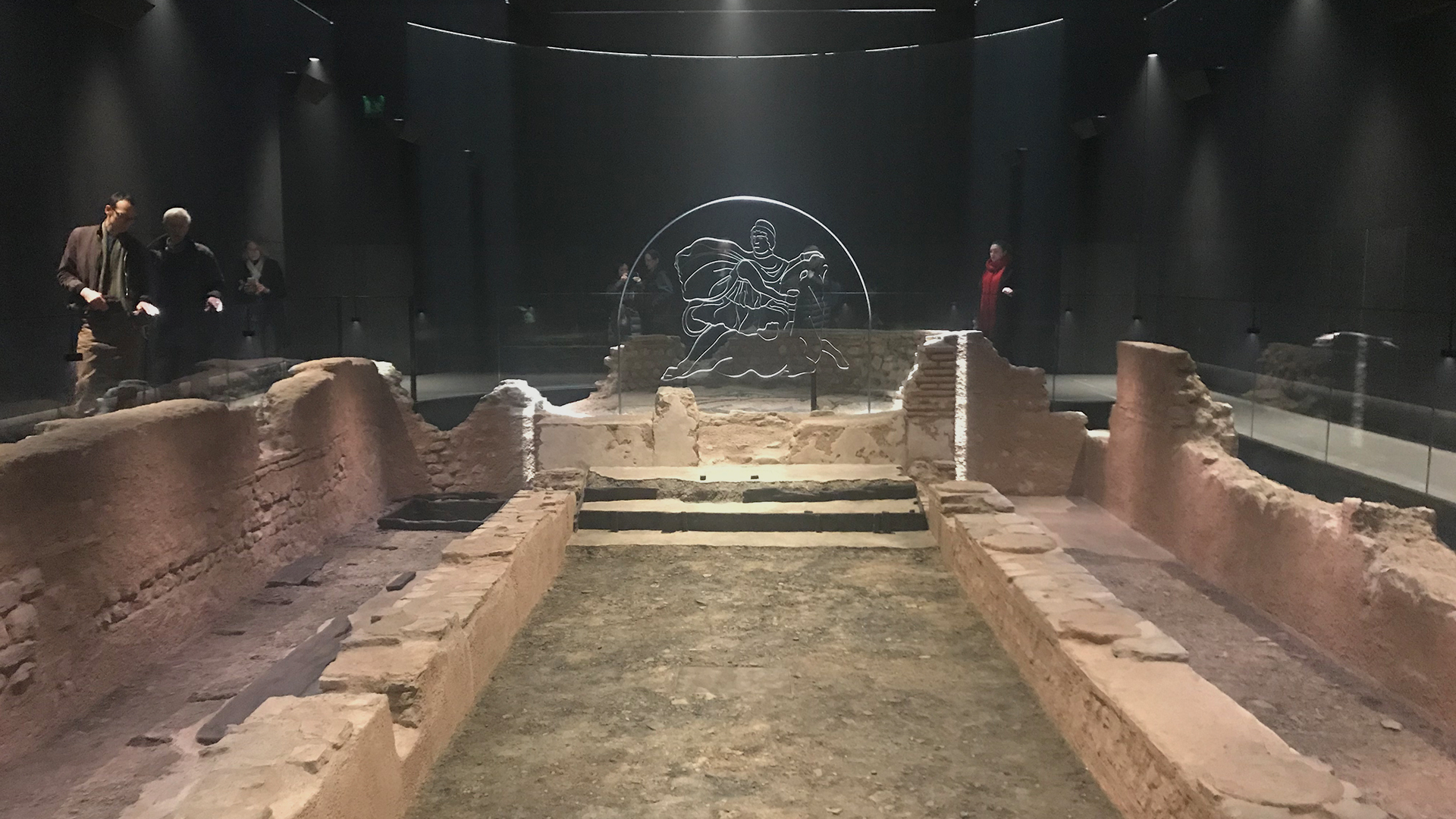PRELOADED’s MD, Jessica Taylor, wraps up some of the highlights and takeaways from Museums and the Web 2018, which was held in Vancouver.
Takeaways from Museums and the Web #MW18
By Jessica,
The VR opportunity for cultural institutions is real:
The opening MW18 keynote by Vicky Dobbs Beck from ILMxLAB underlined the opportunity VR – and indeed other bold tech implementations – present. She might have been talking about Hollywood production values and similar levels of investment, but there were equally fascinating examples of cultural institutions using innovative approaches to stake a claim for VR’s application in the cultural sector, e.g.
- In her talk, Sara Snyder at the Smithsonian talked about the prototype approach she’s developed for VR, working with INTEL and other partners to prove out how it could work for her institution.
- In our joint session, Hilary Knight at Tate talked about how Modigliani VR came about, as the result of a partnership with HTC and a desire from the curatorial team to embed ‘digital’ into the Modigliani exhibition. In the same session, Dave Patten from Science Museum Group explained that Space Descent VR had come about as a result of investment from the Museum’s commercial arm on the basis of it being a paid for experience. There were also suggestions that partnerships between institutions could facilitate innovation – imagine three institutions investing in a VR experience to shed more light on an artist whose work they all own.
- Cody Oliver from the MIT Museum showcased his project, The Enemy, a paid-for experience, which uses VR to present contrasting views of soldiers involved in conflicts around the world. Conceived by acclaimed photojournalist Karim Ben Khelifa, this ambitious project was further developed during a visiting artist residency at MIT and in collaboration with MIT Professor D. Fox Harrell.
Once cultural institutions tap into users’ digital preferences and habits, interesting things happen:
Across the conference, there were lots of examples of museums experimenting with new approaches to audience engagement through digital channels. This is a subject close to PRELOADED’s heart, as we are firm advocates for looking to audience behaviour when designing services and experiences in museums. Here are two that stood out:
- When embarking on the Royal Academy’s website redevelopment/reimagining, Kate Huckle and team decided on a simple principle, that they would not set out to give their users a ‘learning experience’. Instead, taking inspiration from Netflix, they’ve created a site for people to get lost in. And the date shows that they do exactly that…
- In their Saturday session, the SFMOMA team and writer Christine Murray talked about how when developing content for their new app and multimedia tours, looked to podcasts to provide visitors with 15-40 minute immersive walks through the museum, with the refreshing principle of ‘asking for less, and giving people more’.
One of the highlights of Saturday morning was the session on art memes led by Meredith Whitfield from Manchester University, UK. (I’m sure I’m not alone in looking forward to the moment that she acts on her instinct that the Chicago Field Museum taxidermy collection is fertile ground for a slew of memes!)
M&W has always been a way to find out about the latest projects in the Museum space
Just to name a few seriously COOL projects from this year’s crop:
- In her lightning talk, Kajsa Hartig at the Nordic Museum presented a great example of an institution remaining nimble enough to respond to and play a key role in documenting events unfolding around them. As the #metoo campaign went viral, the Museum asked audiences to share their experiences in a bid to encourage co-creation of online collections and building capacity for inclusive online conversations. More on that here.
- Louise Cohen talked about #LifeDrawingLive at the Royal Academy – a brilliant example of a gallery reaching out beyond its walls and inspiring passion around its mission
- Local Projects showcased London Mithraeum in London – a multi-sensory experience, using haze, light, the sound of footsteps, chanting and secret whispers to transport you back to London AD 240.
- We also loved the Exploratorium’s Total Solar Eclipse project, which comprised an app, live streaming and podcasts. As Rob Rothfarb explained, digital channels provided a way for those not in the ‘path of totality’ to experience the eclipse.
Digital department or embedded digital skills – the jury is still out
One of the best attended and most talked about sessions at the conference focused on how ‘digital’ is done in the cultural sector. Kati Price from the V&A and Dafydd James from National Museum of Wales presented the results of their study, revealing big differences in approaches: one digital department vs digital skills distributed across the organisations. Issues raised included:
- Several high profile restructures and reductions of digital departments in a few major institutions have raised questions about how best to embed digital priorities at the heart of organisational strategy.
- Digital departments can be easy targets for budget cuts if their mission and value are not understood across the organisations, but it takes a level of digital maturity for these skills to be distributed across an organisation and therefore firmly embedded.
- One thing is clear: if digital priorities are not at the heart of an institution, it will be hard to maintain trust and long term investment in digital infrastructure and innovation projects. Fostering a culture of innovation, prototyping and experimentation that can accommodate the occasional misstep is critical.
Price and James have more to say on this – so we’re watching that space. For PRELOADED and others, it’s a critical debate – it’s in all our interests to build confidence in the value of big digital implementations.
